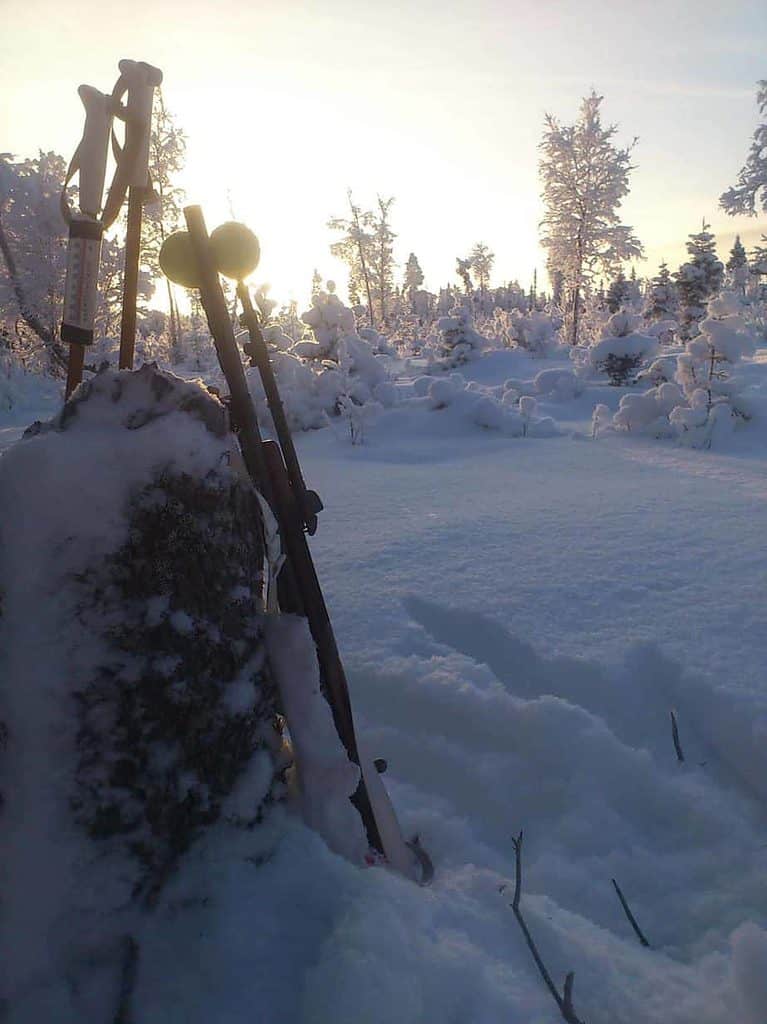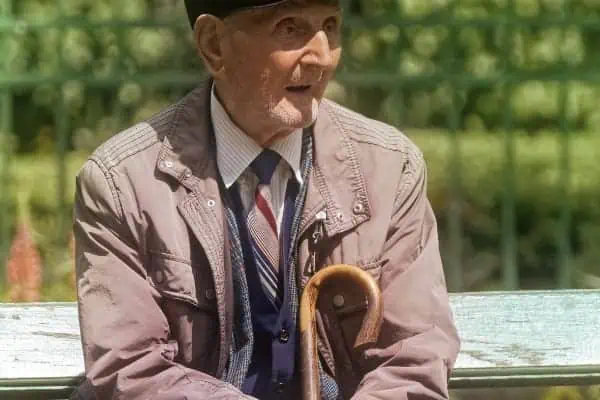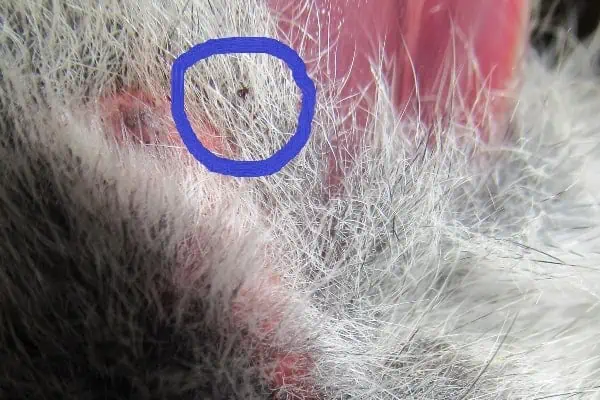The suggestions I make here also apply to a November Dempster Highway caribou hunt, but our big winter hunt is for wood bison and certain rifle care options should be considered for this hunt in extreme cold conditions.
Over the years since the bison hunt started, a number of hunters have experienced some problems with the operation of their rifles as well as other equipment where steps had not been taken to prep them for low temperatures in the -25ºC to below -40ºC range.
Rifles are typically kept clean to keep them workable and this cleaning routine usually finishes with the use of gun-oil, which lubricates the moving parts. Sadly, gun-oil (or any other oil) does not fulfill its duty in extreme cold. Similar to the oil in your vehicle, cold makes the oil thick and stiff and in the case of your rifle, causes the bolt and other moving parts of the action to freeze solid and often makes the firing pin move slowly or freeze in place and not move at all.
Nothing will move in the rifle and it will not shoot, so the bison you worked so hard to stalk gets to live another day.
Consider the following suggestions to prevent the rifle freeze-up:
Clean the action thoroughly before going on the cold weather hunt. Remove all oil from the barrel and especially the action. Spray the moving parts of the action with a solvent that cuts oil.
Remove the bolt and soak it in white gas or another oil-cutting solvent. If you are comfortable with taking the bolt apart, do so and wash the parts in the solvent. No oil = no freeze-up.

Those of us who wear glasses know what happens when we come inside a warm environment from the cold. Our glasses immediately “fog up” with condensation. It is the same when you are bringing a rifle in from extreme cold, whether it’s into a wall-tent, cabin or RV, it will immediately cause condensation to form on all parts of the rifle. This will cause rust, but a more immediate problem is that the condensation will freeze solid when the rifle is taken back out into the cold. If you cannot leave the rifle in the cold in your truck or in another secure cold environment, bring it inside in a case and let it warm up very gradually to avoid condensation. If it must come inside with you, hang it a few feet away from the heat source so condensation will evaporate as it forms.
This “sudden extreme cold to warm” environment change is equally dangerous for rifle-scopes, binoculars and cameras, so the same precautions are suggested for those items.
Another worthwhile safety suggestion is to put electrical or duct tape over the muzzle of the rifle when going out in the field. This keeps snow or any other material from entering the muzzle, blocking the barrel and causing the barrel to burst when the rifle is fired. Even a very careful hunter can unknowingly dip the muzzle into the snow while concentrating on the stalk.
Camp guns for bears




